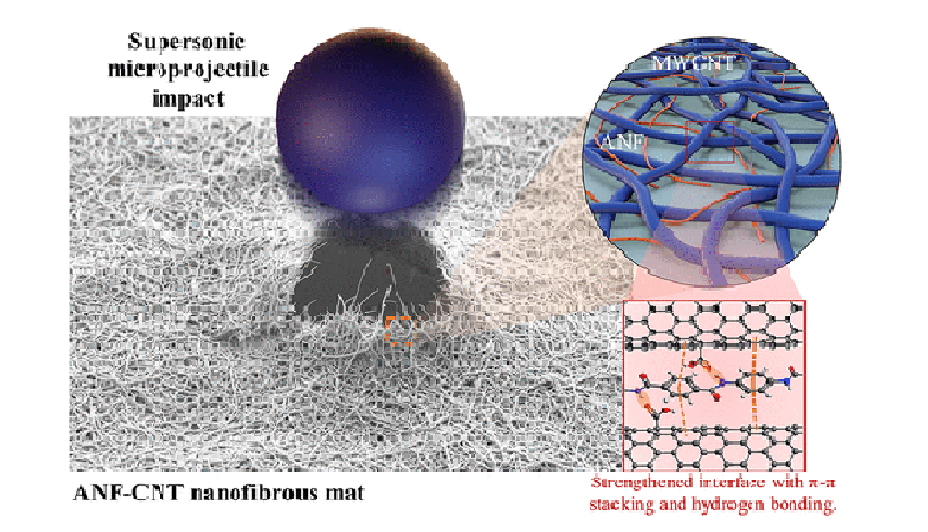While wind and solar energy are in the spotlight most often these days, other forms of renewable energy are making strides. Fuel cell technology, for example, is now helping power large utilities, next generation fuel cell powered cars and is a mainstay in the municipal bus fleet industry transporting people and generating revenue.
But fuel cell use is greatly expanding into new areas. Fuel-cells are being deployed to run delivery trucks, warehouse vehicles, and equipment at ports and airports and railroads and to fuel telecommunications, microwave and radio networks, usually in remote areas.
Fuel-cell technology is anything but simple and employs electrochemicals, compounds and enzymes such as lactate dehydrogenase, alcohol dehydro- genase, glucose dehydrogenase allowing fuel cells to run-on organic materials such as lactate, glucose, alcohols and more. There are six main electrolyte types some of which are in use such as high temperature and conventional PEMFC and others such as microbial fuel cells that are still in the R&D stage.
Fuel Cell Technology & Utilities
In the United States the Connecticut Project 150 was created to increase the state’s renewable energy production by requiring utilities to be partners in Connecticut’s 13 fuel-cell generation projects that will total 150 MW of energy, all supported by funding from the EPA and the Connecticut Clean Energy Fund (CCEF). This arrangement is also known as a fuel cell offset.
The United States began increasing its research and development budget for fuel-cell technology in the 1980’s with initial successes most notably in the transportation industry. Again, the technology was helped along by government support such as the California Air Resource Board Zero Emission Vehicle Mandate.
Quiet Low Emission Fuel Cells for Automobiles
Fuel-cell powered cars use modules that are removed from the vehicle when spent and refueling is done at refueling facilities. One big advantage of fuel cells is that they produce low emissions and run quietly at between 65-75 dB, not much louder than a human conversation.
Fuel cells use six main electrolyte types including high temperature PEMFC and conventional PEMFC. Other types of fuel cell, such as microbial, are still at the R&D stage.
Fuel Cells for Buildings & More
The other major applications of fuel cells are the inside of buildings for both business and residential users. Adobe Systems and Nokia, for example, have installed fuel cells to help power business and manufacturing operations.
In addition to these “normal” applications fuel cells are now the technology of choice in harsh terrains, in extreme climates and are deployed in remote areas to power buildings, cell towers and military operations. This is due to the fact that fuel cells need less maintenance than diesel generators and internal combustion engines and can be easily remotely monitored.







